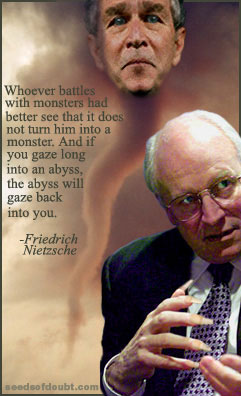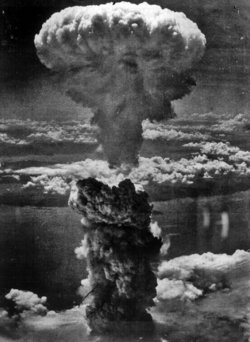Why should Americans care about possible 2004 vote miscounts? The 2004 election is over. It’s old news. The only reason for rehashing prior elections is to ensure that our votes are counted the way voters intend in the future. Should Americans trust that our votes are counted accurately; or is wholesale electronic election tampering occurring? How could the evidence of vote tampering be hidden? Is the future of democracy and U.S. elections at stake? The U.S. press has dismissed exit polls as surprisingly inaccurate in the 2004 presidential election when exit polls conflicted with official vote counts. Were Exit Polls Wrong or Vote Counts Altered?
(PRWEB) February 16, 2006 -- On February 14, 2006, the National Election Data Archive, a group of volunteer mathematicians, released a report asking that new measures be taken immediately in order to assure the integrity of future U.S. election results. Their new report discusses why current measures to ensure vote count accuracy, such as testing and certification, are inadequate; discusses how evidence of vote miscounts are hidden by current election reporting procedures; and recommends independent vote count audits, public detailed election data monitoring, and public exit poll data.
The National Election Data Archive’s report also summarizes a scientific analysis of Ohio’s precinct-level exit polls in layman’s terms. Why should Americans care about Ohio’s 2004 vote counts? Ohio was a key battleground state. Whichever presidential candidate won Ohio became president. Ohio is also the only state for which pollsters publicly released sufficient precinct-level exit poll and vote count data to perform a valid mathematical analysis. Exit polls by the same exit polling firm, Edison/Mitofsky International, were recently used to judge when elections in the Ukraine and Azerbaijan were valid. Exit polls in the 2004 presidential election were not just randomly inaccurate: Bush's reported vote tally was higher than the exit polls anticipated and the inaccuracy was highest in precincts with the highest reported Bush vote. The pollsters said: “Bush voters completed fewer exit polls.” However, the National Election Archive’s analysis finds that the exit poll error explanation is inconsistent with the data and claim that John Kerry might be president today, if votes had been accurately counted in Ohio.
In June 2005 The Election Science Institute (ESI) and pollster Mitofsky issued a paper “Ohio 2004 Exit Polls: Explaining the Discrepancy” which asserts that an exit poll error explanation “is much more likely than the fraud accusation theory to account for most, if not all, of the observed discrepancy between the exit polls and the actual results.” Precinct-level exit poll data released with ESI’s report shows that the overall average discrepancy between Ohio’s exit poll and certified vote count margins between Kerry and Bush was 11.7 percentage points.
However, In October, 2005, the National Election Archive released a paper which gives counterexamples to show that the Election Science Institute’s analysis was based on an invalid premise. On January 17, 2006 the National Election Archive released its own scientific Ohio exit poll discrepancy analysis, “The Gun Is Smoking: 2004 Ohio Precinct-level Exit Poll Data Show Virtually Irrefutable Evidence of Vote Miscount”. This analysis concluded that Ohio’s huge exit poll discrepancy pattern is consistent with outcome-altering errors in vote counts.
Two things are certain in this controversy about U.S. exit poll accuracy:
1. The Election Science Institute and the National Election Archive cannot both be correct, and
2. Any university mathematics department in America could evaluate the two conflicting studies and decide which analysis is mathematically correct.
The National Election Archive challenges every journalist interested in discovering if outcome-altering vote miscounts or exit poll error is the more probable cause of Ohio’s exit poll discrepancy; to help resolve this critical question. The answer may make the difference as to whether Americans take steps to ensure vote count accuracy in future elections or not. The National Election Archive urges the National Election Pool media consortium to accept this “math challenge” by sharing these two conflicting election studies with mathematics faculty at any university to determine which analysis is mathematically correct.
http://electionarchive.org/ucvAnalysis/OH/Ohio-Exit-Polls-2004.pdf and http://electionscience.org/reports/view_reports
http://electionscience.org/Members/stevenhertzberg/report2005-07-19.7420722886/report_contents_file/
The survival of democracy and the future of our civilization may depend on taking steps to ensure the accuracy of elections. As the Election Science Institute said, “The public has a right to know exactly how elections work and to verify for themselves that the voting and the counting is done right.”
The full report is available online at
http://electionarchive.org/ucvAnalysis/US/exit-polls/Ohio2004-US-future.pdf







No comments:
Post a Comment